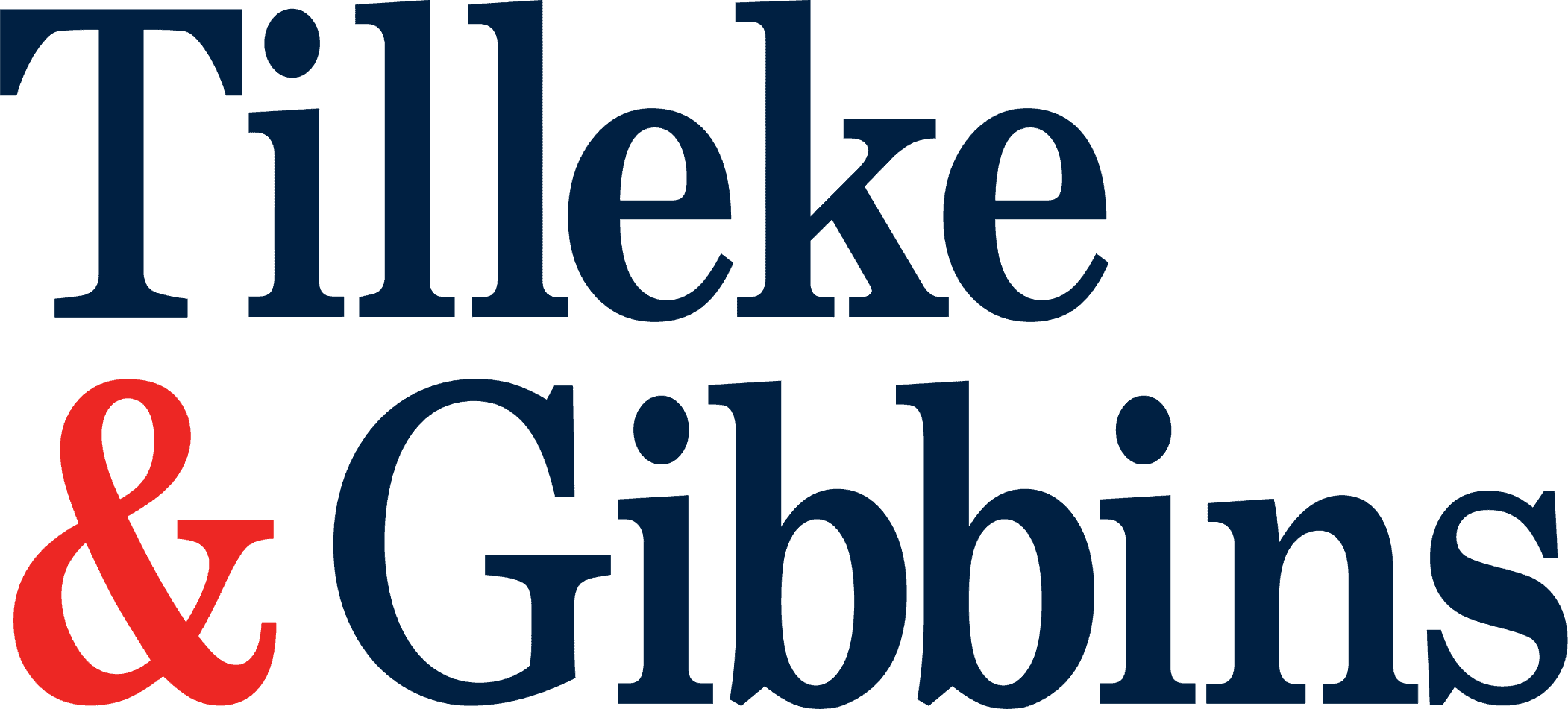
In early 2022 Thailand’s Department of Intellectual Property issued its new examination guidelines for trademark registration, replacing the previous guidelines dating from 2011. The new guidelines seek to ensure that the examination of trademark applications and the issuance of notifications by the trademark registrar are efficient, timely, in line with current practice and based on uniform standards.
One of the major issues addressed in the new guidelines, which will be of interest to brand owners, is the distinctiveness of trademarks consisting solely of three/four letters or of numerals.
Section 7 of Thailand’s Trademark Act states that a trademark containing a stylised letter or numeral as an essential element is distinctive. In the past, the trademark registrar interpreted this stipulation as meaning that marks made up solely of three/four letters or of numerals, which did not form words or could not be pronounced as words, were not registrable if they were not presented in a stylised form.
Under the new guidelines, however, the Trademark Act’s wording “a stylised letter or numeral” is interpreted as referring to a letter or numeral (in any language) represented in an unusual manner. Moreover, the new guidelines state that an uncommon sequence of three or more letters or numerals (or a combination thereof) is in fact distinctive and registrable.
One notable exception to the new standard is that marks that are descriptive of the nature or characteristics of the goods or services are not considered distinctive. The new guidelines provide several examples of marks that would be unregistrable for this reason, such as B12 for vitamins, XXL for clothing, 34B for bras, or 32GB for memory cards.
The new guidelines also clearly state that the phonetic transcription of letters or numerals in Thai characters is not considered distinctive. Nonetheless, brand owners still have the right to appeal decisions on distinctiveness to the Board of Trademarks, or further to the Intellectual Property and International Trade Court and higher courts.
The new guidelines also emphasise that they are in line with several decisions of Thailand’s Supreme Court, in which the court recognised the registrability of such trademarks after their initial rejection by the trademark registrar and the Board of Trademarks. Of the many Supreme Court decisions allowing the registration of three-letter marks, two are specifically cited in the new guidelines:
- Supreme Court Decision No 9480/2552 regarding the trademark depicted below for various household appliances in Class 7:
![]()
- Supreme Court Decision No 13879/2556 regarding the trademark depicted below for mobile telephones and other communications devices in Class 9:
![]()
The alignment of the new guidelines with Supreme Court’s decisions is a positive and encouraging development for brand owners which had previous applications for such marks rejected by the Thai trademark registrar. Brand owners may now feel more con dent about re ling for protection of their mark if it meets the criteria under the new guidelines. More broadly, the new guidelines demonstrate that the Department of Intellectual Property is working to align certain practices with the decisions of the Supreme Court.
